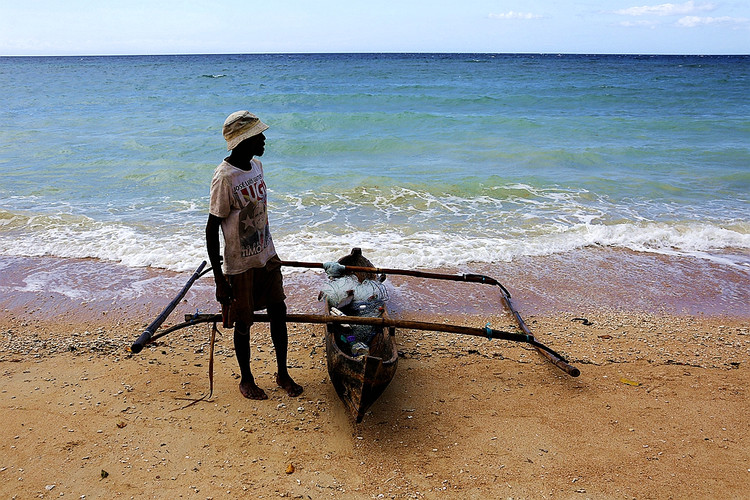Guatemala Perfect Coffee Region-Coban Rainforest Washed Kadura Coffee Flavor Introduction
For professional baristas, please follow the coffee workshop (Wechat official account cafe_style)

Introduction to the manor
Valma Manor is located in the Koban area, a perfect producing area with steep mountains, green rain forests and charming flowers, including an unspoiled natural environment and a unique micro-climate. The contrast between high-altitude mountains and high-humidity tropical rain forests always surrounds the area with mist formed by dense clouds falling. Most of the coffee in Koban rainforest is grown on special rolling hills and grows harmoniously with the rainforest made up of local natural trees.
In this unique rainforest area, the Valma family has operated the manor for more than a century and attaches great importance to the environmental responsibility of sustainable management. They retain more than half of the original forest, allowing a wide variety of animals to inhabit. In the process of production, the manor also uses broken coffee residue as organic compost. The excellent quality of coffee is still one of the insistence of the family, they take good care of every aspect of the production process, from seed selection to the final step of storage. Coffee is picked by hand and treated in an ecological water washing site that can reduce water consumption, after which the water will be recycled.
Under the careful management of Valma Manor, in addition to properly preserving the integrity of the rainforest ecosystem here, the coffee beans produced by the manor have the classic style of the Koban producing area.
Valma Manor participated in the Cup Of Excellence competition in 2012, which is the affirmation that it won the third place.
Manor: Valma Manor
Award record: won the third place in COE in 2012 and won the championship in Koban production area Competition for 12 years.
Producing area: Koban rainforest producing area
Planting altitude: 1400-1600m
Treatment: washing (semi-fermentation & secondary infiltration) + rest in water

Variety: 100% Caturra
Water content: 10.2%
Soil: rainforest soil
Shade tree: Inga
Annual rainfall: 3000-4000mm
Flavor: citrus, lemon, peach and fresh and elegant flowers, sweet and sour blackcurrant, creamy taste, with rich tropical fruit flavor on the finish.
Important Notice :
前街咖啡 FrontStreet Coffee has moved to new addredd:
FrontStreet Coffee Address: 315,Donghua East Road,GuangZhou
Tel:020 38364473
- Prev

Microclimate information of Antigua producing areas in Guatemala what is Antigua's unique microclimate?
For the exchange of professional baristas, please pay attention to the coffee workshop (Wechat official account cafe_style) Antigua coffee Guatemala Antigua Valley has long been the most famous coffee producing area in Guatemala. The microclimate of the Antigua Valley is known all over the world for providing excellent conditions for growing coffee. The road to fame in this producing area began decades ago by some Japanese coffee trade.
- Next

I'm addicted to coffee, and I'm afraid I can't sleep! Do you have any coffee with low caffeine?
Communication of professional baristas Please pay attention to the coffee workshop (Wechat official account cafe_style) have you ever had a cup of coffee after work, not to refresh but just to relax the tense nerves all day, but afraid that you can't sleep at night and make your spirits worse the next day? This time, the editor wants to tell you which kind of coffee has a low caffeine content for you to enjoy at night.
Related
- Beginners will see the "Coffee pull flower" guide!
- What is the difference between ice blog purified milk and ordinary milk coffee?
- Why is the Philippines the largest producer of crops in Liberia?
- For coffee extraction, should the fine powder be retained?
- How does extracted espresso fill pressed powder? How much strength does it take to press the powder?
- How to make jasmine cold extract coffee? Is the jasmine + latte good?
- Will this little toy really make the coffee taste better? How does Lily Drip affect coffee extraction?
- Will the action of slapping the filter cup also affect coffee extraction?
- What's the difference between powder-to-water ratio and powder-to-liquid ratio?
- What is the Ethiopian local species? What does it have to do with Heirloom native species?

